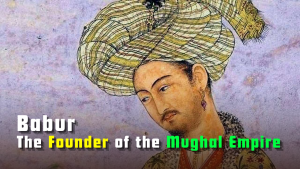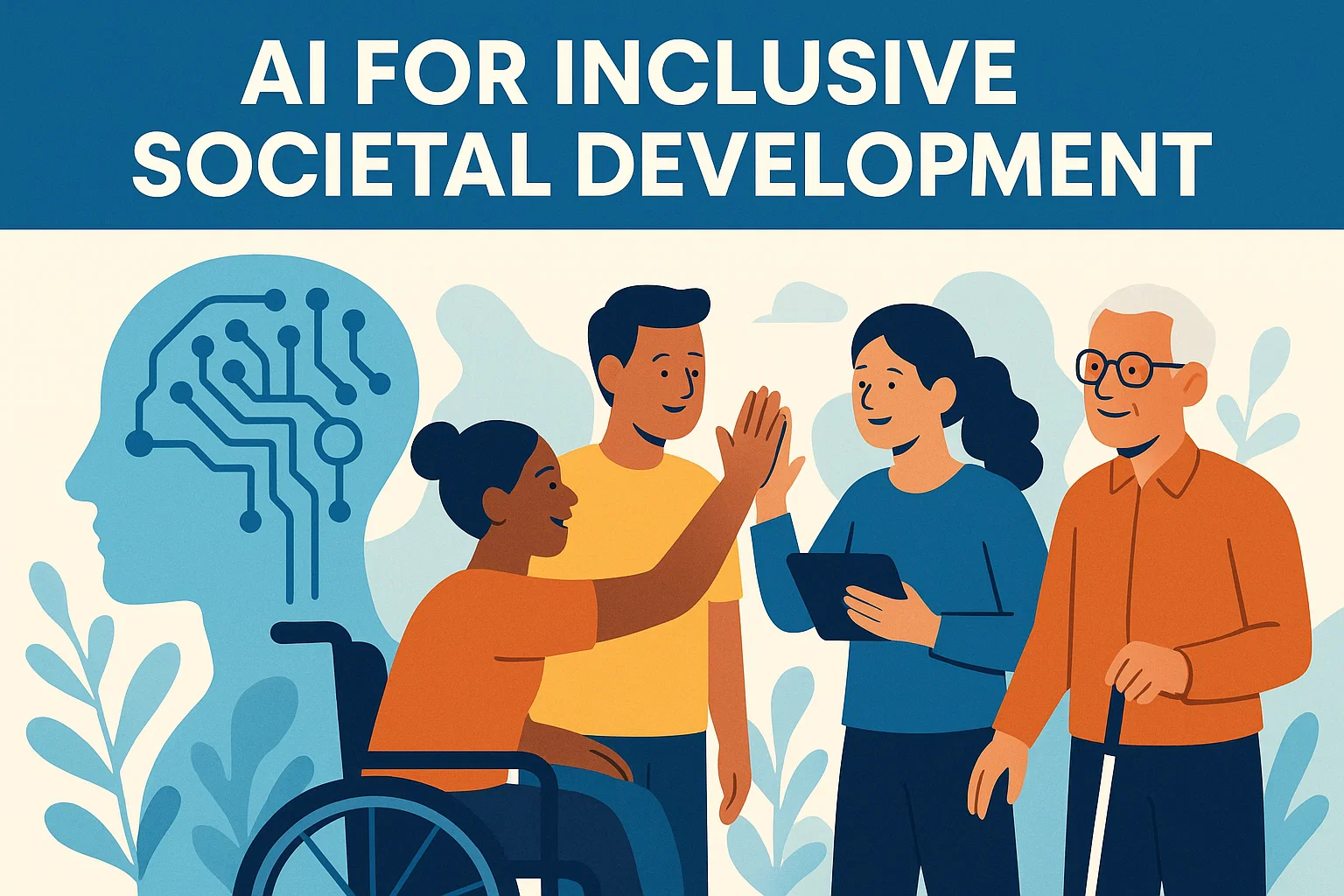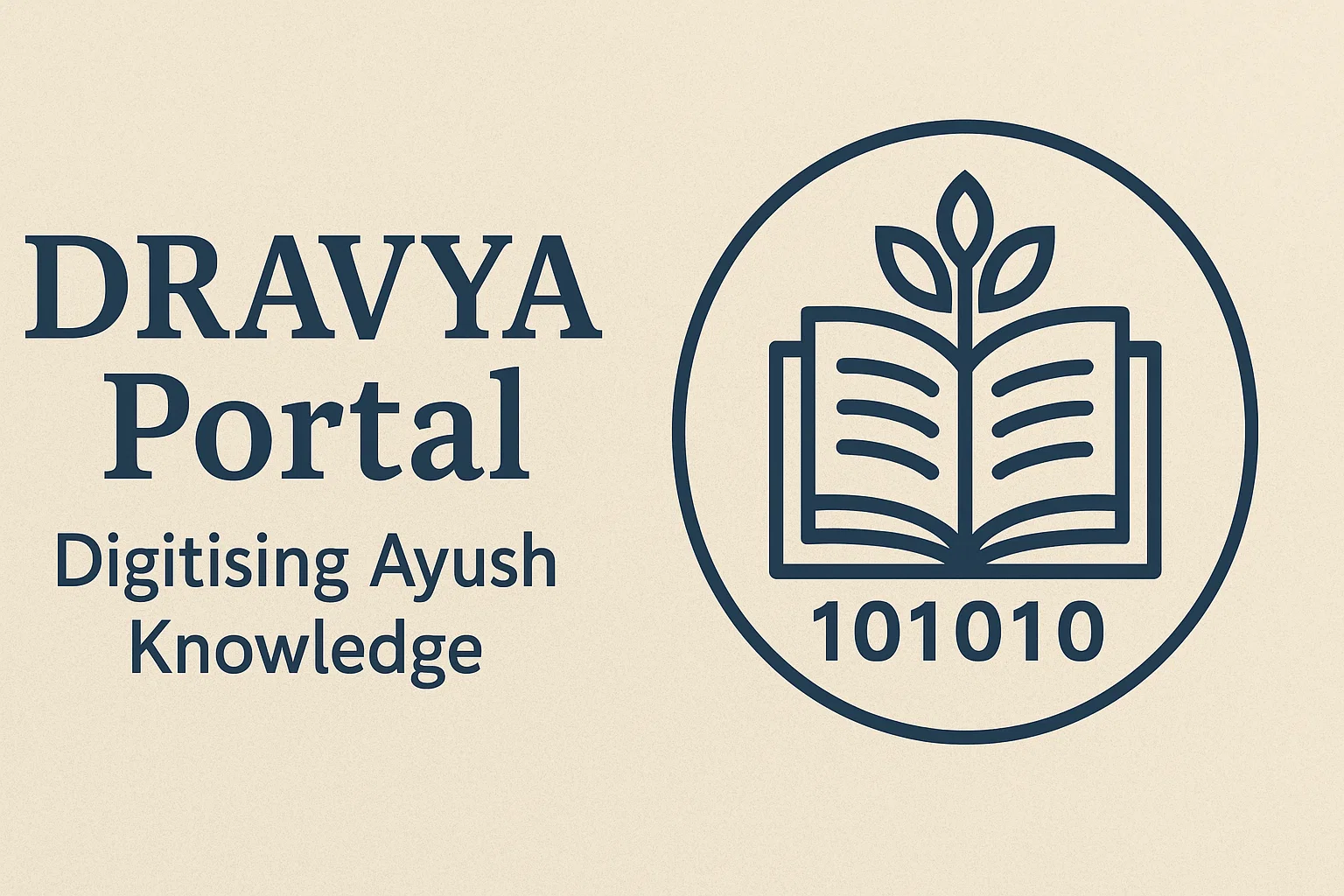How to Tackle the Vastness of the UPSC History Syllabus
Struggling with the vast UPSC History syllabus? Learn smart strategies, key booklists, PYQ analysis, and tips to cover Ancient, Medieval, Modern & World History.

Introduction
The UPSC History syllabus—whether for General Studies Paper I or the History Optional—is vast, multidimensional, and intellectually demanding. For many aspirants, the sheer expanse of topics spanning Ancient, Medieval, Modern, and World History can seem overwhelming. However, with the right approach, sources, and strategy, this vastness can be conquered efficiently.
This guide helps you break down and systematically tackle the History full syllabus for UPSC, offering smart techniques, booklists, a topic-wise strategy, and insights to boost both your confidence and scores.
Understanding the Scope: UPSC History Syllabus Breakdown
A. General Studies Paper I (GS Mains)
- Ancient Indian History: Prehistoric times to post-Gupta developments
- Medieval Indian History: From 8th century to 18th century India
- Modern Indian History: From the mid-18th century to independence
- Post-Independence India: Political consolidation and state reorganisation
- Indian Culture: Architecture, literature, art, and cultural institutions
B. History Optional (Paper I & II)
- Paper I: Ancient and Medieval India
- Paper II: Modern India and World History
Step-by-Step Strategy to Tackle the UPSC History Syllabus
Theme-Based Reading
Approach the syllabus through overarching themes:
- Political structures (state formation, kingship, administration)
- Economic patterns (agriculture, trade, land revenue systems)
- Society and culture (caste, religion, women, tribal societies)
- Art and literature (architecture, drama, texts, oral traditions)
- Science and thought (philosophy, astronomy, medicine)
This enhances inter-topic linkages and analytical depth in answers.
Prioritise Based on Weightage
Some topics appear more frequently in both Prelims and Mains:
- Ancient: Indus Valley, Vedic Age, Buddhism & Jainism, Mauryas, Guptas
- Medieval: Delhi Sultanate, Mughals, Bhakti-Sufi Movements
- Modern: 1857 Revolt, Congress phases, reforms, British economic impact
- World: Revolutions (French, Russian, American), World Wars, Imperialism
Focus deeply on these while still covering the rest adequately.
Use Authentic Resources Only
Limit yourself to quality over quantity:
- NCERTs (6–12)
- Tamil Nadu History Books (Class 11 & 12)
- RS Sharma – Ancient
- Satish Chandra – Medieval
- Bipan Chandra – Modern
- Nitin Singhania – Culture
- Upinder Singh, A.L. Basham – Ancient (Optional)
- Sumit Sarkar, Sekhar Bandyopadhyay – Modern (Optional)
- Norman Lowe – World History
Make concise notes and update with lecture insights or test series.
Link Notes with Previous Year Questions (PYQs)
Analyse the PYQs of the last 10 years. Categorise questions into themes and connect them with your notes. Example:
- “Critically examine the nature of the Bhakti Movement.” (UPSC 2021)
- Integrate examples from Alvars, Nayanars, Kabir, Nanak, Tulsidas, and their socio-political impact.
This enhances your preparation’s question-answer relevance.
Visualise Through Timelines and Maps
- Use timelines to understand chronological overlaps (e.g., Gupta vs. Sangam Age)
- Use maps for IVC sites, Sangam ports, Mughal architecture, British Presidencies
- Revise through wall charts or digital tools to reinforce memory
A Strategic Approach to History Preparation
- Start with the Foundation: Build your conceptual base through NCERTs and Tamil Nadu board books before advancing to standard texts.
- Develop an Interlinking Mindset: Always relate facts to larger themes such as nationalism, economic exploitation, cultural evolution, or technological transitions.
- Integrate Current Affairs (Where Applicable): Especially in GS Paper I, you can relate questions on art and culture to recent events (e.g., UNESCO sites, museum reforms).
- Test-Based Learning: Evaluate yourself consistently with PYQs, test series, and peer discussions. Feedback-based improvements yield faster results.
- Revision Looping: Plan three-level revisions—short notes, theme-wise mind maps, and answer practice.
- Avoid Burnout: Break large subjects into daily manageable targets and celebrate small wins to stay consistent.
Integrated Approach as Suggested by Manikant Sir
Manikant Sir’s widely respected History books and classroom approach—used at The Study IAS—emphasise a Basic to Advanced integrated learning model. Whether you are reading Ancient, Medieval, Modern or World History, each concept is linked to:
- Core themes and subthemes
- PYQ trends
- Interdisciplinary linkages with culture, polity, and society
This integrated approach not only aids retention but also builds the ability to answer analytical questions in GS and Optional. Manikant Sir’s technique involves:
- Starting with a foundational idea (e.g., agrarian system)
- Tracing its development across time periods
- Linking it to contemporary debates and historical interpretations
This makes it easier to remember topics while enabling aspirants to frame more holistic and structured answers.
Answer Writing Tips for History in UPSC
- Begin with a strong introduction referencing dates, events, or scholars
- Structure with clear subheadings
- Quote scholars like Romila Thapar, Bipan Chandra, RS Sharma
- Include primary sources – inscriptions (Ashoka), texts (Arthashastra, Sangam)
- Maintain analytical tone, especially in Optional
- Add maps, charts, or flow diagrams where relevant
- In conclusion, provide contemporary linkage or legacy
Common Mistakes to Avoid
- Ignoring the official syllabus while reading
- Over-dependence on YouTube/online summaries without source validation
- Memorising dates/facts without understanding causes and effects
- Skipping World History or cultural topics in GS I
- Writing vague or opinionated answers in Optional without historical backing
Smart Tips for Efficient Coverage
- Avoid starting Optional too late: It takes time to build depth.
- Test + Learn approach: Solve PYQs weekly and refine your content.
- Peer discussion: Explaining to others strengthens your understanding.
- Weekly revisions: Set Sundays for mind map recaps.
- Use mnemonic tools: Especially for art, dynasties, authors.
- Link historical events with society: E.g., Bhakti’s effect on caste, Gandhian era on women’s role.
Final Thoughts
History is not just a subject; it’s the soul of UPSC preparation. If you understand how past events shaped the Indian identity, constitutional values, and society, you’ll be able to answer both GS and Optional questions with confidence and insight.
Subscribe to our Youtube Channel for more Valuable Content – TheStudyias
Download the App to Subscribe to our Courses – Thestudyias
The Source’s Authority and Ownership of the Article is Claimed By THE STUDY IAS BY MANIKANT SINGH



